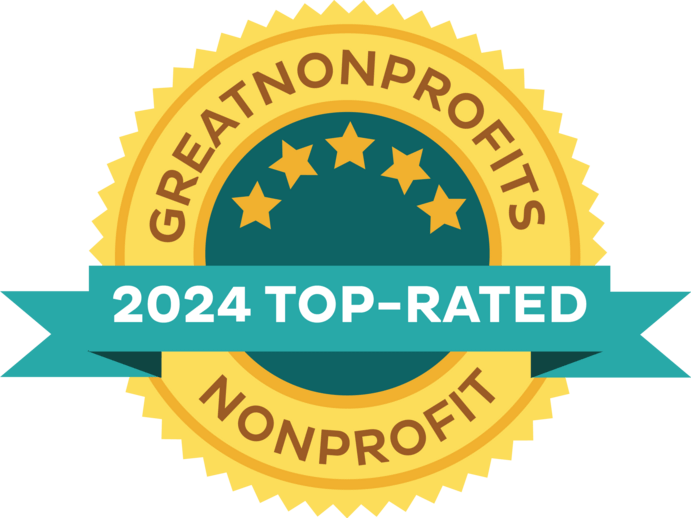The purpose of the study was to compare the clinical and hormonal characteristics of patients with familial hyperaldosteronism (FH) and sporadic primary aldosteronism (PA). A systematic review of the literature was performed for the identification of FH patients. The SPAIN-ALDO registry cohort of patients with no suspicion of FH was chosen as the comparator group (sporadic group). A total of 360 FH (246 FH type I, 73 type II, 29 type III, and 12 type IV) cases and 830 sporadic PA patients were included. Patients with FH-I were younger than sporadic cases, and women were more commonly affected (P = 0.003). In addition, the plasma aldosterone concentration (PAC) was lower, plasma renin activity (PRA) higher, and hypokalemia (P < 0.001) less frequent than in sporadic cases. Except for a younger age (P < 0.001) and higher diastolic blood pressure (P = 0.006), the clinical and hormonal profiles of FH-II and sporadic cases were similar. FH-III had a distinct phenotype, with higher PAC and higher frequency of hypokalemia (P < 0.001), and presented 45 years before sporadic cases. Nevertheless, the clinical and hormonal phenotypes of FH-IV and sporadic cases were similar, with the former being younger and having lower serum potassium levels. In addition to being younger and having a family history of PA, FH-I and III share other typical characteristics. In this regard, FH-I is characterized by a low prevalence of hypokalemia and FH-III by a severe aldosterone excess causing hypokalemia in more than 85% of patients. The clinical and hormonal phenotype of type II and IV is similar to the sporadic cases.
Abstract/Summary:
Authors: Marta Araujo-Castro, Paola Parra, Patricia Martín Rojas-Marcos, Miguel Paja Fano, Marga González Boillos, Eider Pascual-Corrales, Ana María García Cano, Jorge Gabriel Ruiz-Sanchez, Almudena Vicente Delgado, Emilia Gómez Hoyos, Rui Ferreira, Iñigo García Sanz, Mònica Recasens Sala, Rebeca Barahona San Millan, María José Picón César, Patricia Díaz Guardiola, Carolina M. Perdomo, Laura Manjón-Miguélez, Rogelio García Centeno, Ángel Rebollo Román, Paola Gracia Gimeno, Cristina Robles Lázaro, Manuel Morales-Ruiz, María Calatayud, Simone Andree Furio Collao, Diego Meneses, Miguel Sampedro Nuñez, Verónica Escudero Quesada, Elena Mena Ribas, Alicia Sanmartín Sánchez, Cesar Gonzalvo Diaz, Cristina Lamas, María del Castillo Tous, Joaquín Serrano Gotarredona, Theodora Michalopoulou Alevras, Eva María Moya Mateo, Felicia A. Hanzu
Keywords: familial primary aldosteronism, sporadic primary aldosteronism
DOI Number: 10.3389/fendo.2024.1336306
Publication Year: 2024

